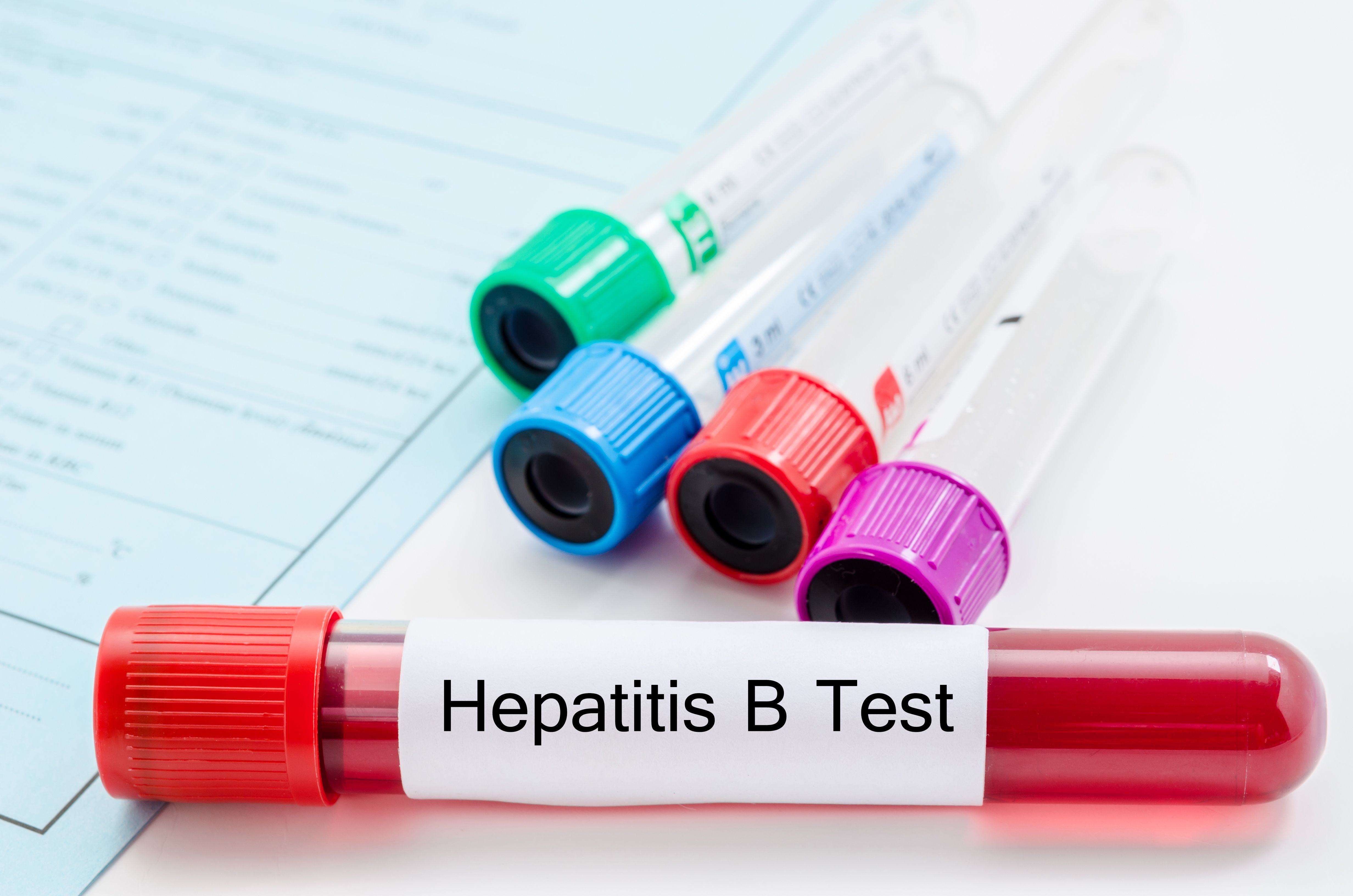
Article
Gaps in Primary HIV Care Up to 9 Months Do Not Worsen Viral Load
Author(s):
Although current guidelines recommend that HIV primary care intervals do not exceed 6 months, gaps in care up to 9 months do not worsen viral load for patients.
Although current guidelines recommend that HIV primary care intervals do not exceed 6 months, gaps in care up to 9 months do not worsen viral load for patients, according to study findings.
Prior studies have demonstrated that gaps in care—defined as going beyond a 6-month interval for care—range from 27% to 63% of patients with a new HIV diagnosis and 25% to 35% of established patients. “However, it is an open question about just how harmful longer gaps in care may be with respect to viral load status,” wrote the authors of the study.
Researchers included 6399 HIV-infected adults from 6 academically affiliated HIV clinics in their analysis. Observation lasted from January 1, 2013 through December 31, 2015. Five gap-intervals were included: less than 6 to 7 months, 7 to 8 months, 8 to 9 months, 9 to 12 months, and 12 or more months. Both a continuous measure—log10 viral load at the opening and closing of the gap—and a dichotomous measure—whether patients initially had viral suppression but lost it by the close of the care gap—were taken.
Log10 viral loads increased as the length of the gap interval increased; however, the changes in viral levels were only significant when the gap was 9 months or more. For those with a 9- to 12-month gap, the geometric mean was 98 copies at the opening of the gap and 137 copies at the closing of the gap. For those with a gap of 12 or more months, the geometric mean was 150 copies at opening and 259 copies at closing.
Click to continue reading on the American Journal of Managed Care.
2 Commerce Drive
Cranbury, NJ 08512
All rights reserved.





